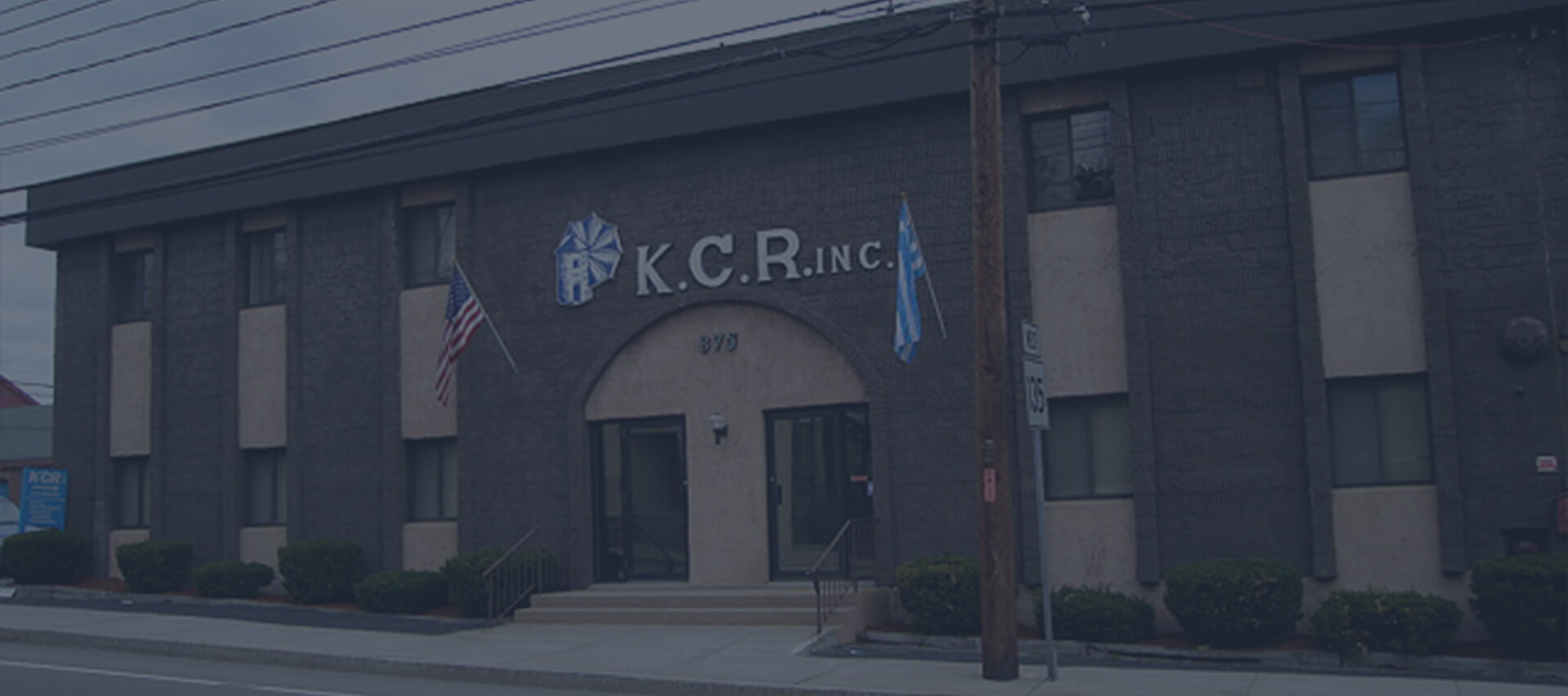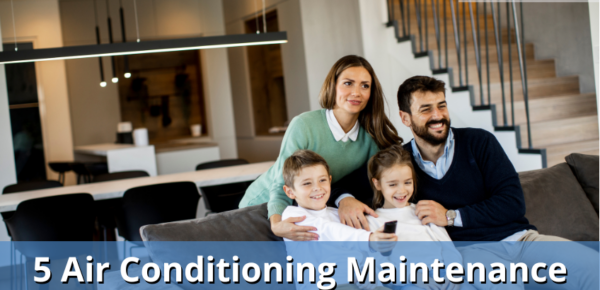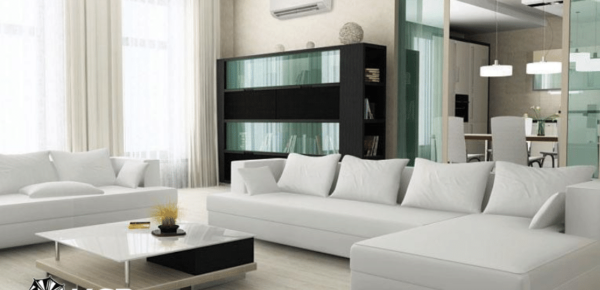What Is the Best Temperature to Set Your AC?
The classic answer is, “Set your air conditioner to whichever temperature keeps your family comfortable.” But true home comfort may be a complicated (and habitual) behavior that’s difficult to break.
With 70 degree weather this March and spring on the horizon, you should aim for a baseline that costs less by being energy-efficient.
Play the (Humidity) Percents
When the temperature rises, your sweat glands don’t function as easily. That’s why humidity makes you feel especially uncomfortable. To better understand your AC’s target, you should first consider the consequences of humidity.
Perspiration normally evaporates very quickly, which creates a cooling effect as the moisture leaves your skin. This is true when during normal or dry weather. But as humidity increases, the higher concentration of water vapor in the air interferes which this body function. When the spring and summer weather becomes steamy, your body sweats profusely but fails to capture that nice cooling sensation.
Fortunately, air conditioners are specifically designed for this function, particularly when your space contains vapor barrier, like in a cellar, crawl space, or sun room. The EPA’s typical humidity prediction is 25-40% in the wintertime and up to 60% during summer. Many different programmable thermostats also display relative humidity from their main menu.
Cooling Without Conditioning
Devices such as ceiling fans and personal fans can also help to bridge the gap between household comfort and outside humidity. They often feel effective because they blow air across your body, and in doing so these devices rapidly evaporate the sweat from your skin. However, the downside of these devices is that their reach tends to be very limited, and the displacement of light objects such as paper can become a huge headache in the fan’s path.
A major humidity issue common to air conditioners, especially older ones, is that they’re simply too hefty and cumbersome to move into the right room. The equipment you use to cool your space might also take a while to get going if your hardware is dated. And, most commonly, older ACs can dehumidify your home far beyond your intended temperature, leading to consequences like dry skin and chapped lips.
Since you don’t want your AC to cause more problems than it solves, you should consider these potential issues with a licensed HVAC contractor. With the huge variety of air conditioning products on the market today, we recommend weighing the benefits of a maintenance agreement to support your home’s AC system.
The best temperature setting for your home’s AC during the warmer seasons should balance comfort with energy savings. Take a look at your AC’s most efficient setting, whether you use a centralized air or zone-based system.
Improve AC Efficiency with a Smart Thermostat
The inclusion of a programmable thermostat can assist you in making sure that cost-cutting temperature adjustments actually happen. For better efficiency, you might want to browse a catalog for a Wi-Fi thermostat. Maintaining a tiny discrepancy between indoor and outdoor temperatures leads to the highest savings.
At KCR, we know that weather is often unpredictable. Thunderstorms and fog can quickly change the humidity levels outside. With a smart thermostat, you can control your personal AC settings from anywhere – even on your smartphone or tablet! Adjusting your AC’s best temperature with your smartphone is a handy trick for beating rapid humidity changes during uncooperative weather.
How to Boost Your Comfort Level at the Best Temperature
Energy.gov recommends a best temperature of 78 degrees while you’re at home. A modest increase of up to 7 degrees while you’re not at home can save up to 10% on your cooling bills. Contrary to what many people think, turning your AC system off entirely doesn’t always result in a lower energy bill.
If you’re not accustomed to a 78-degree baseline, you might feel at first like you’re sweating, or even overheating. That’s not the case. Though you may feel uncomfortable at first, based on the EPA’s recommendations, you should resist the urge to decrease your AC temperature for faster cooling. AC isn’t your only answer. Rather, it’s the main component of a complete cooling package that can include some of the following cost-effective methods. These methods can help cool you down for less:
- Install insulating window film. Some films can save homeowners up to 30 percent on cooling costs.
- Change your bedding. Choose natural moisture-wicking fibers, such as linen and cotton.
- Run your ceiling fans counterclockwise when you’re in the room. It forces air down and makes you feel cooler through a wind chill effect.
- Use LED light bulbs in place of CFL, fluorescent, or halogen bulbs. LEDs don’t produce as much heat.
- Add awnings over your windows to block heat.
- Insulate your doors and windows with tighter seals. This helps keep hot air out and cool air in.
- Improve AC efficiency with recommended maintenance.
Maintain Your Air Conditioning System
No matter what your perfect cooling combination is, you depend on your AC to stay refreshed in the spring and summer. Give it the attention it deserves for top performance. Replace the filters as needed. This might even need to be monthly during summer months.
A good rule of thumb is to examine it once a month over 12 months. Note when it needs replacement and use that info for your future replacement schedule. Most importantly, hire the right professionals to get these repairs and recommendations done right the first time.
With a proper maintenance agreement in place for your home’s cooling needs, you can rest assured that your equipment will last for years to come. The peace of mind from this contract is a huge relief when you’re trying to beat the heat.
A seasonal tuneup by professional AC maintenance contractors can produce important results. We recommend scheduling a service appointment in the spring before the severe humidity hits. If you do, your local HVAC technician is much more likely to have availability before peak AC season.
Contact KCR Inc. for a free AC analysis today to enjoy your AC’s best temperature all summer!







